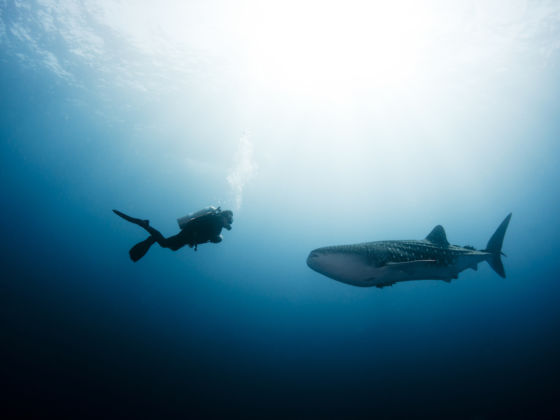I’LL ADMIT THAT for the average snorkeler or land-lubbing beachgoer, SCUBA can appear pretty scary. There’s compressed air, jackets that inflate, and you actually attach weights to yourself and attempt to swim. It’s just unnatural.
Once you understand the gear, however, you realize that SCUBA is the easiest, most comfortable way to experience an aquatic realm most land-based travelers will never have the ability to see. Though SCUBA is one of those hobbies which can involve an inordinate amount of accessories and add-ons, there are a few crucial pieces of gear you simply can’t dive without.
